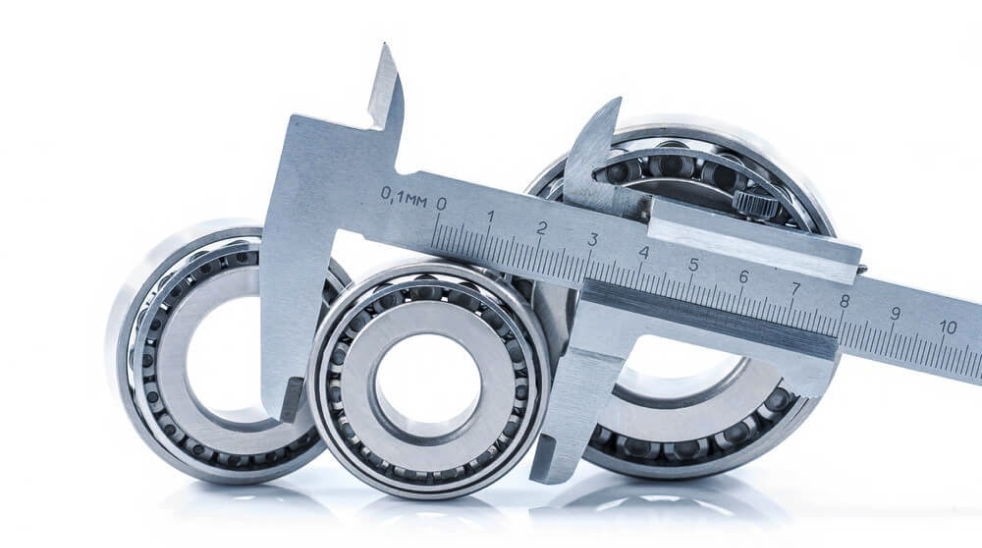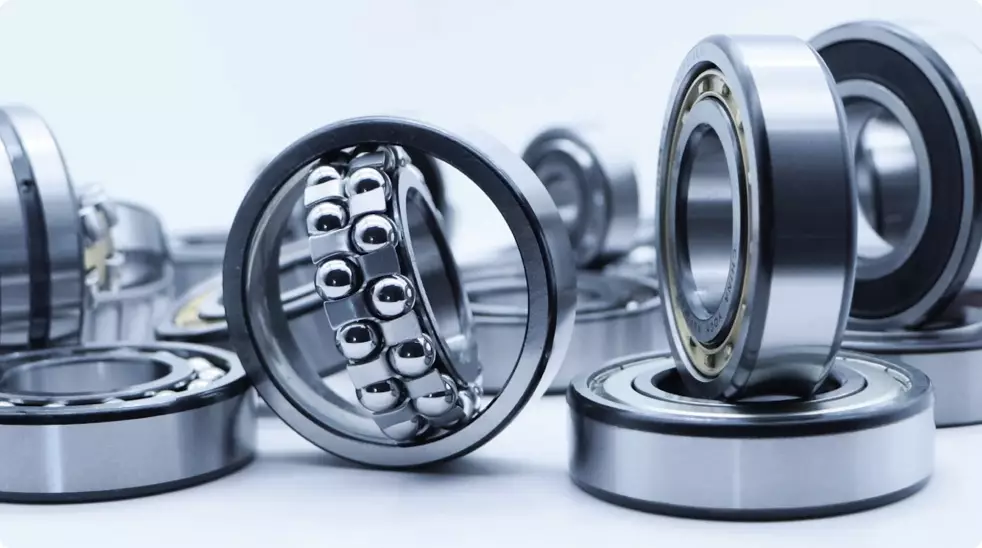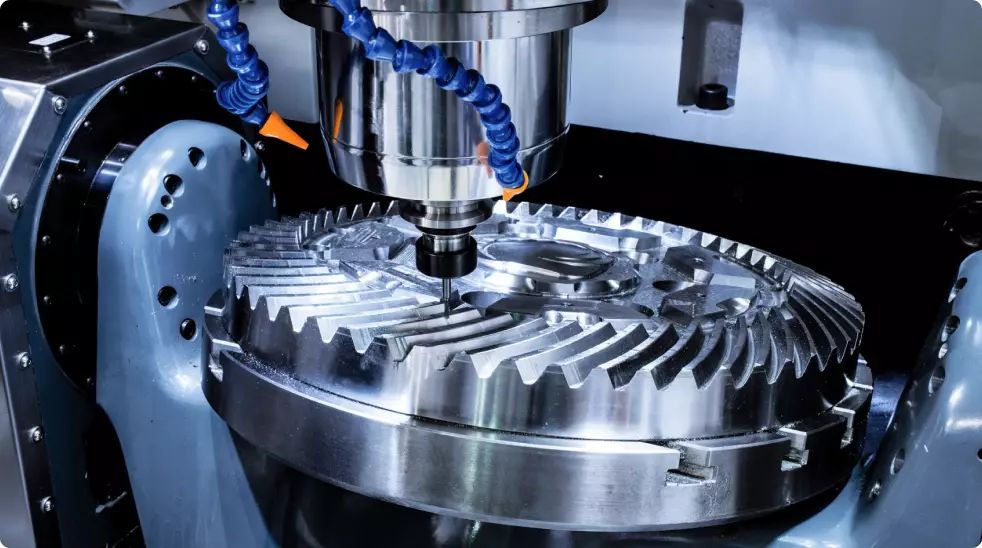
How to find bearing numbers by size?
For Radial ball, Roller, and plain bearings the critical dimensions are bore size, outer diameter, and width. The dimensions for bearings are expressed in metric and or imperial denominations.
Specifying a bearing by dimensions is important to have the basic information available.
What are the bore, outer diameter, and width dimensional requirements? If you have the dimensions through measurement on the bearing you can determine the size by looking in a bearing catalog. For example, you measure a standard single-row ball bearing having a 17mm bore (b) x 40 mm outer diameter (D) x width (B) 12 mm wide. Looking at the SKF catalog you will find the part number 6203-RS as the correct bearing. Options are included for the enclosure type shielded, sealed, or open giving you many choices.
For many applications, the known parameters might only be the shaft size.
If you are designing a bearing for an application you may only know the shaft dimension and are open to variables in the outer and or width dimensions. Contrarily you may have to keep a fixed size on the width or outer diameter with the ability to change shaft dimensions.
In all of these cases, the next step after identifying acceptable dimensions and identifying the part number is to review the operating life, and conditions of operation including load and speed ratings.
Types of bearings such as a single row, double row, and so on must be determined based on application criteria. In most applications, ball bearings are subjected to some combination of thrust and radial loads. It is impractical to list bearing capacities for extremely diversified conditions. Therefore catalog load ratings are given for radial loads only and it becomes necessary to convert all other loads to their radial equivalent. The use of combined load factors shown in bearing catalogs engineering sections makes it possible to convert the computed thrust or combined loads in an “equivalent radial load”. The use of the equivalent load allows for the use of the radial capacity tables for all conditions of load that may actually exist.
Other factors which may be directly considered in choosing a bearing are operating speed and desired life or hours of operation. By using Life (L) and speed factors (N) it is possible to select a bearing size to give any average life desired when operating under any constant conditions of load and speed.
How to Identify Bearings by its number of tapered, roller, and ball bearing?
Identifying bearings by their number, especially in tapered, roller, and ball bearings, involves understanding the bearing nomenclature and numbering systems used by manufacturers. Each bearing number encodes specific information about the type, size, and design of the bearing. Typically, the number includes a series code that indicates the bearing type (tapered, roller, or ball), a dimension series code that refers to the bearing’s dimensional characteristics, and additional suffixes that denote specific design features like seals, shields, or internal clearance. By referring to the manufacturer’s catalog or using online tools provided by bearing manufacturers, one can decode these numbers to understand the bearing’s specifications.
How to calculate bearing size?
Calculating bearing size is a critical task in engineering and maintenance, requiring an understanding of the specific application’s requirements. The process involves determining the bearing’s necessary dimensions, such as bore diameter, outer diameter, and width, based on the load, speed, and environmental conditions it will encounter. Key factors include the type of load (radial, axial, or combined), the magnitude of the load, the required lifespan of the bearing, and any space constraints. Engineers use these parameters to select a bearing that can handle the expected loads without excessive deformation or wear. Often, bearing size calculation is assisted by software tools provided by bearing manufacturers, which take into account their specific bearing designs and performance characteristics.
Still have a question or need to discuss something? Contact us to get help.


